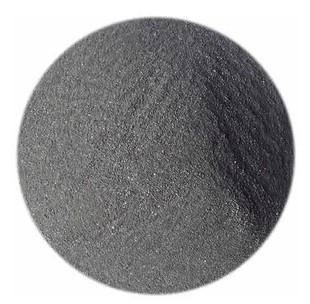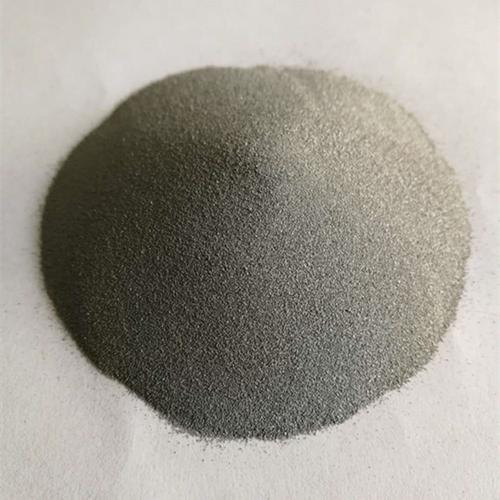Forget the Dust: Why Solid Catalysts Rule the Industrial World
(Why Is This An Effective Way Of Utilizing The Catalyst Material Compared To Having Powdered Metals?)
Picture a factory floor. Giant machines roar. Pipes snake everywhere. Somewhere in that chaos, a catalyst works silently. This unsung hero speeds up chemical reactions without getting used up. But here’s the twist. How we *use* this catalyst material makes all the difference. Many think powdered metals are the way to go. Tiny particles offer lots of surface area, right? More surface area means more places for reactions to happen. Sounds perfect. But reality often disagrees.
Powdered catalysts face big problems. Imagine throwing fine metal dust into a fast-flowing river. What happens? The current sweeps it away. Powder gets lost in the flow inside reactors. It clogs filters. It escapes through tiny gaps. This is messy and wasteful. Recovering that precious powder later? Nearly impossible. It’s like trying to gather flour after you’ve spilled it in a storm.
Then there’s pressure. Industrial reactors aren’t gentle. Fluids push hard. Powder crumbles under this force. It gets crushed. It turns into even finer dust. This dust packs together tightly. Suddenly, that lovely surface area vanishes. The reaction slows down. Efficiency drops. The catalyst needs replacing often. That costs time and money.
Now, consider the solid alternative. Think blocks, honeycombs, or sturdy pellets. Engineers embed the active catalyst material onto these strong structures. This is smart. The solid support gives the catalyst backbone. It holds its shape against rushing liquids or gases. Nothing gets swept away. Nothing escapes.
Surface area remains king. Solid catalysts deliver this brilliantly. Their structures are designed with countless tiny channels or pores. It’s like a microscopic maze. This creates a massive internal surface. Reactions happen everywhere inside this maze. The active sites are safe and stable.
Handling pressure is easy. Solid blocks laugh at high flow rates. They don’t compact. They don’t turn to useless dust. The reactor keeps running smoothly for much longer. Maintenance crews breathe easier.
Cleaning and recycling become simple too. Shut down the reactor. Pull out the solid catalyst units. Clean them. Sometimes even reload the active material onto the same support. Put them back in. It’s straightforward. No fishing for powder in a tank. No huge mess.
Cost matters. Solid catalysts might seem pricier upfront. But think long-term. They last significantly longer. They need less frequent replacement. You lose almost zero active material. Downtime is reduced. Overall, the total cost drops. The process becomes more reliable.
Safety improves dramatically. Loose powder is risky. It can create explosive mixtures in air. It’s a health hazard for workers breathing it in. Solid forms eliminate this danger. They stay contained. They are inherently safer.
(Why Is This An Effective Way Of Utilizing The Catalyst Material Compared To Having Powdered Metals?)
So, next time someone mentions powdered metal catalysts, remember the dust storm. Remember the clogged pipes. Remember the constant replacements. Solid catalysts offer control, durability, efficiency, and safety. They keep chemical plants running smoothly. They get the job done right.
Inquiry us
if you want to want to know more, please feel free to contact us. (nanotrun@yahoo.com)


